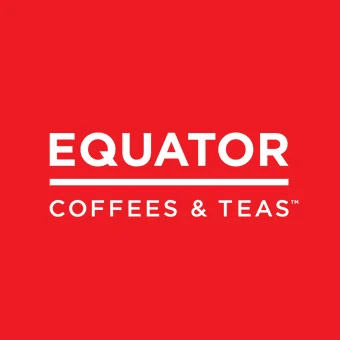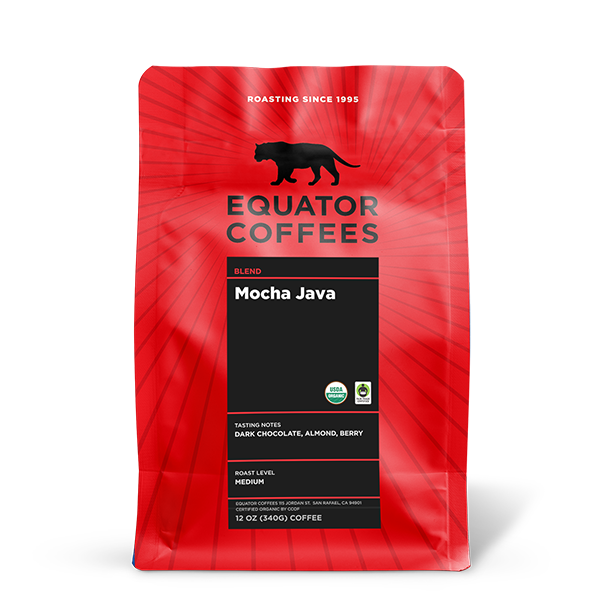Tasting notes
Tasting notes
- Coffee Type: Whole Bean
- Product Size: 10 oz
Superauto-Friendly

About Equator Coffee - Mocha Java Blend
A complex blend of flavors, the Mocha Java hails tastes from the Arabian Peninsula, Africa and Indonesia. With flavors of aged wood, fruit, bittersweet chocolate and spice, this blend has been highly recommended by many reviewers.
Roast Level
Medium
Approachability
Crowd Pleaser
- Coffee Type: Whole Bean
- Product Size: 10 oz
Superauto-Friendly

You May Also Like


